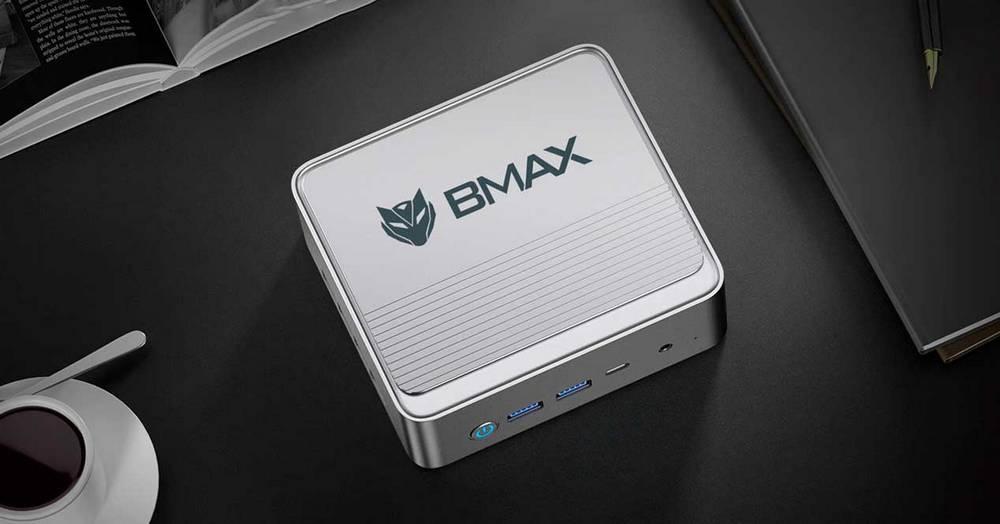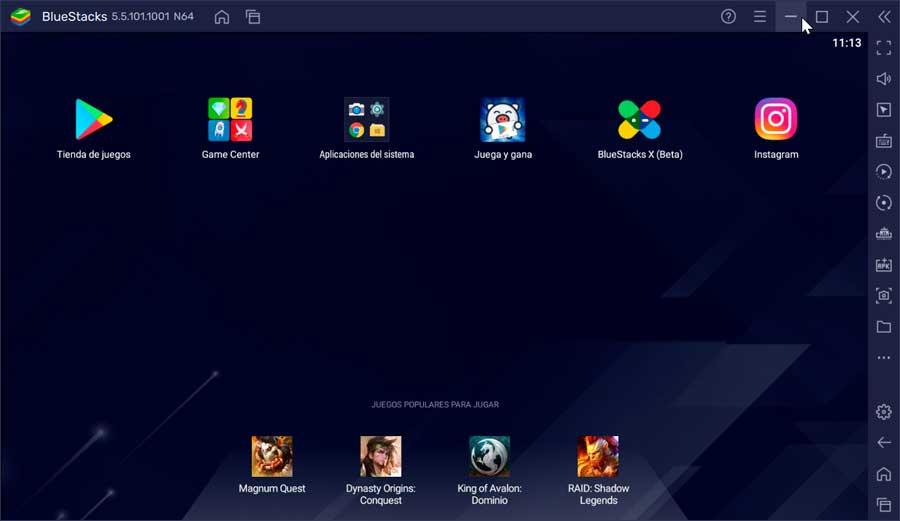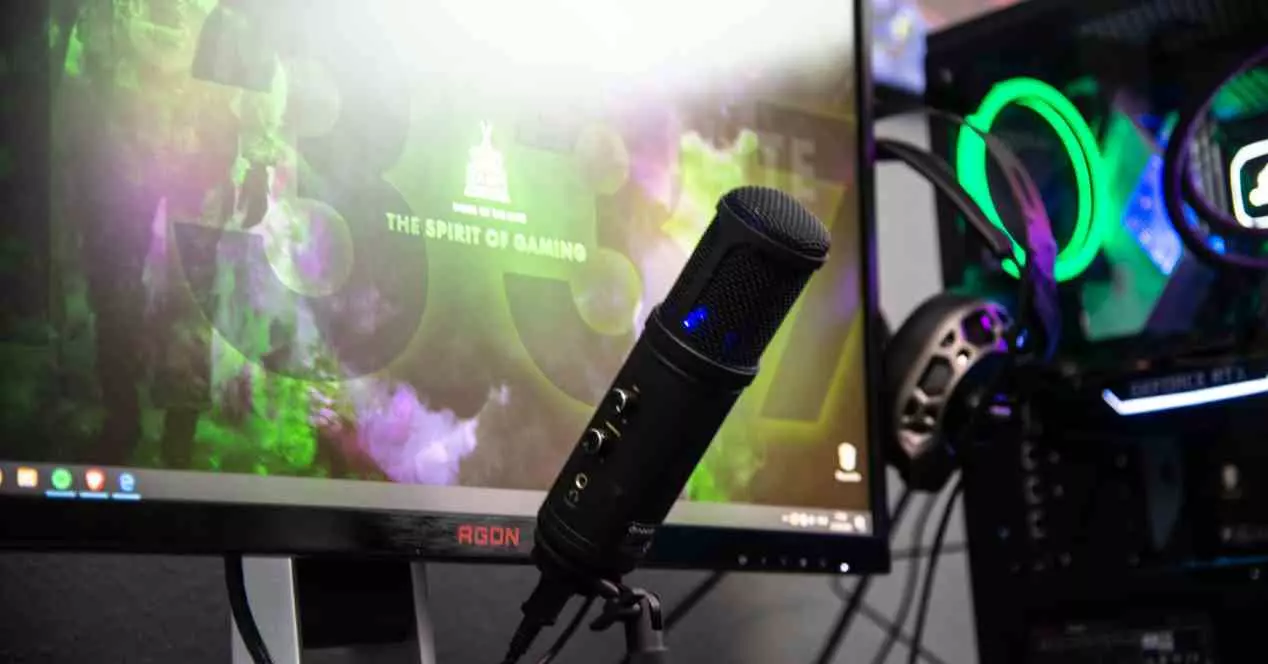
Choosing the right graphics card is no longer just an issue for games, but also for streaming content over the internet, since they contain hardware video codecs that free the processor from this task. The question therefore boils down to: What is the best graphics card for streaming? Well, this question has already been answered.
Originally, hardware video codecs were cards on their own that had the ability to interpret data blocks and render video on screen in real time. Over time they were integrated into the graphics cards until they were found in a very tiny part that today does not occupy even 1% of the graphics chip in our PCs. However, their task is important, since they are in charge of playing the dozens of videos that we see every day without the central processor of our computer having to load them.
The next step came with video encoders, these are capable of generating video from the succession of images that we see on our computer. In other words, they can capture them and for more than a decade this hardware has been inside the GPU, occupying a tiny space and making it possible for us to save not only an internal or external video capture device, but they also do so by freeing up work to the processor.
What is the best graphics card for streaming?
The Chips and Cheese blog has put the two hardware video codecs on gaming graphics cards to the test. On the one hand, the NVIDIA RTX NVENC and on the other hand the AMD VCN and have put them to the test to see their performance. To do this, they have evaluated the resulting image quality using the VMAF, an automated computer vision system that Netflix uses to recognize if the image quality of a movie is good in the eyes of the average viewer.
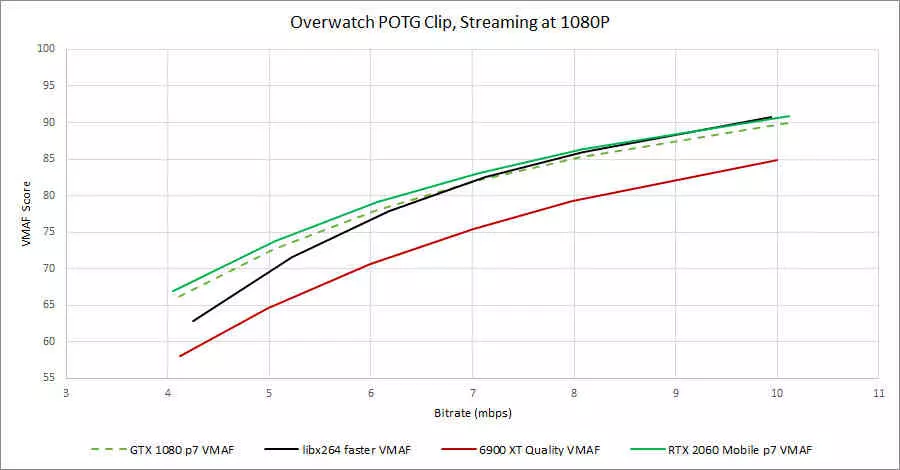
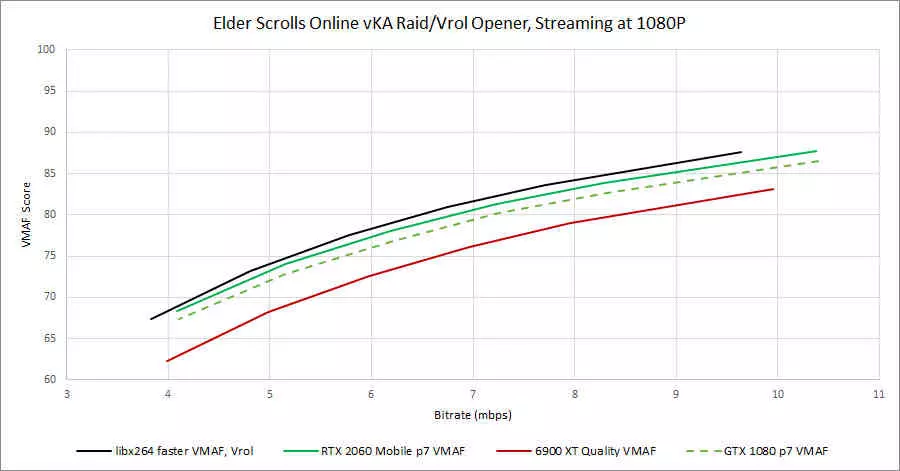
The comparison has been made using four different elements: the first one is encoding through the processor and using the libx264 codec running on an AMD Ryzen 9 3950X based on Zen 2 architecture, the second on an already veteran NVIDIA GeForce GTX 1080 , the third in an AMD Radeon RX 6900 XT and the fourth in an NVIDIA RTX 2060. The two images above correspond to the relationship between the image quality evaluated through VMAF and the bitrate used and it is surprising that the codec AMD’s VCN lags even behind the CPU.
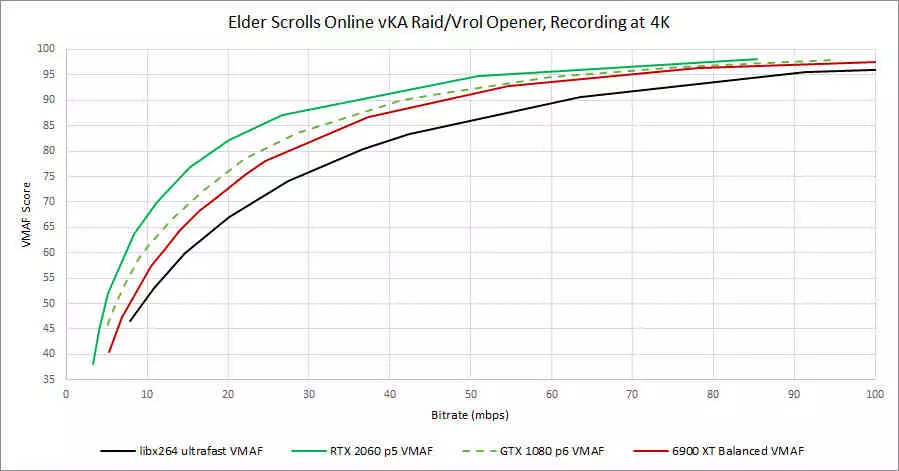
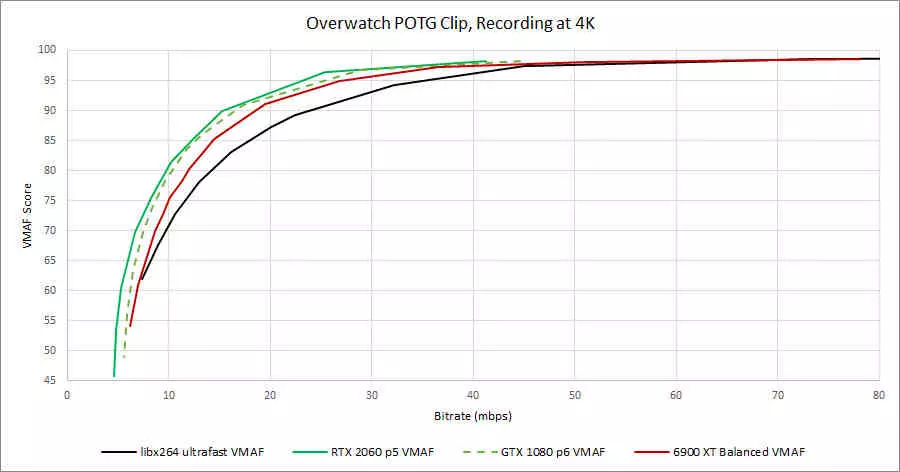
With 4K, on the other hand, the number of pixels to encode quadruples and the load on the processor is too high and therefore drops several positions. It is in this resolution where it is clear that it is necessary to have a hardware video encoder. Whatever information we can get from the data, the best graphics card for streaming is an NVIDIA RTX today. So it is another of the pending tasks that Lisa’s have, hers to look face to face at her direct competition.


